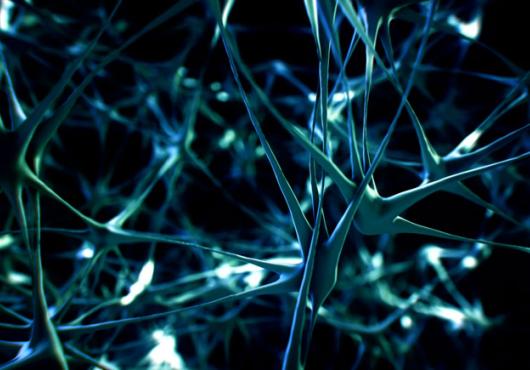
Sleeping Beauty by John Collier, 1921. Wikimedia Commons.
The dream of suspended animation has long captivated the human imagination, reflected in countless works of mythology and fiction, from King Arthur and Sleeping Beauty to Captain America and Han Solo. By effectively pausing time itself for an individual, a state of stasis promises to enable the repair of lethal injuries, prolong life and allow for travel to distant stars.
While suspended animation may seem a fantasy, a strikingly diverse array of life has already achieved a version of it. Through behaviors like hibernation, animals such as bears, frogs and hummingbirds can survive harsh winters, droughts, food shortages and other extreme conditions by essentially entering into biological stasis, where metabolism, heart rate and breathing slow to a crawl and body temperature drops.
Now, Harvard Medical School neuroscientists have discovered a population of neurons in the hypothalamus that controls hibernation-like behavior, or torpor, in mice, revealing for the first time the neural circuits that regulate this state.
Reporting in Nature on June 11, the team demonstrated that when these neurons are stimulated, mice enter torpor and can be kept in that state for days. When the activity of these neurons is blocked, natural torpor is disrupted.
Another study published simultaneously in Nature by researchers from the University of Tsukuba in Japan also identified a similar population of neurons in the hypothalamus.
By better understanding these processes in mice and other animal models, the authors envision the possibility of one day working toward inducing torpor in humans—an achievement that could have a vast array of applications, such as preventing brain injury during stroke, enabling new treatments for metabolic diseases or even helping NASA send humans to Mars.
“The imagination runs wild when we think about the potential of hibernation-like states in humans. Could we really extend lifespan? Is this the way to send people to Mars?” said study co-lead author Sinisa Hrvatin, instructor in neurobiology in the Blavatnik Institute at HMS.
“To answer these questions, we must first study the fundamental biology of torpor and hibernation in animals,” Hrvatin said. “We and others are doing this—it is not science fiction.”
To reduce energy expenditure in times of scarcity, many animals enter a state of torpor. Hibernation is an extended seasonal form of this. Unlike sleep, torpor is associated with systemic physiological changes, particularly significant drops in body temperature and suppression of metabolic activity. While common in nature, the biological mechanisms that underlie torpor and hibernation are still poorly understood.
The role of the brain has remained largely unknown, a question that drove the research efforts of Hrvatin and colleagues, including co-lead author Senmiao Sun, a graduate student in the Harvard Program in Neuroscience, and study senior author Michael Greenberg, the Nathan Marsh Pusey Professor and chair of the Department of Neurobiology in the Blavatnik Institute at HMS.
“Suspended animation in particular is a common theme in science fiction, and perhaps our ability to traverse the stars will someday depend on it”
Michael Greenberg






